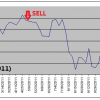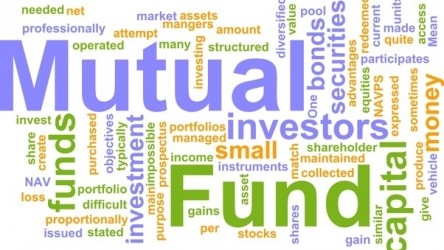
Investing in commercial property can be a really sound undertaking. Businesses refurbish their own spaces and the landlord generally has very little work to do. Compared to a residential property where a tenant moves out every 18 months, a commercial building is much less of an emotional roller-coaster to be involved with.

The State Of The Market
Worries over pensions and bank stability have seen quite a large rise in commercial property investments. Around half of all UK commercial property is privately owned but rented out, and so the market for potential investments is fairly large.
The Differences Between Commercial And Residential
Buying a flat or a house doesn’t necessarily qualify you as an expert when it comes to a commercial building. For a start, the leases are much longer than a residential property: Typically 5 or more years. The legislation and contractual obligations are consequently quite different to a buy-to-let flat.
Commercial property tends to derive most of its value from the rent, whilst a residential property typically pays back a combination of rent and the increase in value of the building. In addition, the initial cost of a commercial property can be huge, especially if it’s a large warehouse or even a shopping centre. Many investors will form a trust or syndicate to make a purchase. This means that commercial mortgages are different to residential ones.
How Ownership Works
The ownership and legal rights of a property can make a big difference to its value. There are three main types of ownership for a commercial property:
A freehold, where the owner effectively owns the entire property, both in terms of the land and the structure built upon it. Sometimes a freehold comes with various clauses that restrict what an owner can do to the property, but in essence they own it outright.
A commonhold, where the main building is owned by an association, and the individual rooms or units inside the structure are separately sold as freehold leases. This is however, relatively rare and somewhat new to the commercial market.
A leasehold, where the ownership is limited in time by a contract. The current owner usually has the right to renew the lease for a continued term, but also contains restrictions and terms of use for the building and its upkeep.1
Hidden Costs
In many cases, these different types of ownership will come with maintenance fees and management costs. It’s important to understand these complex contracts before you jump into a potential investment.
Risks
Like any property investment, commercial buildings are at risk of ending up in the “wrong” location if the area they are built in takes a turn for the worse. Likewise, if the area is suffering financially and the occupier of the building is losing trade, a default could easily leave your building standing empty.
How To Get Started
Whilst commercial investment can be quite a lucrative and stable source of income, the major outlay and complex tenancy agreements mean that many people join a syndicated headed by a trusted broker. This enables someone with a limited outlay to enjoy the benefits of a stable income stream without the complication, expense and worry of solo investment.
By Harry Price
Harry Price is a successful guest blogger and entrepreneur. He enjoys his side business as a personal trainer and competes in several marathons a year.







